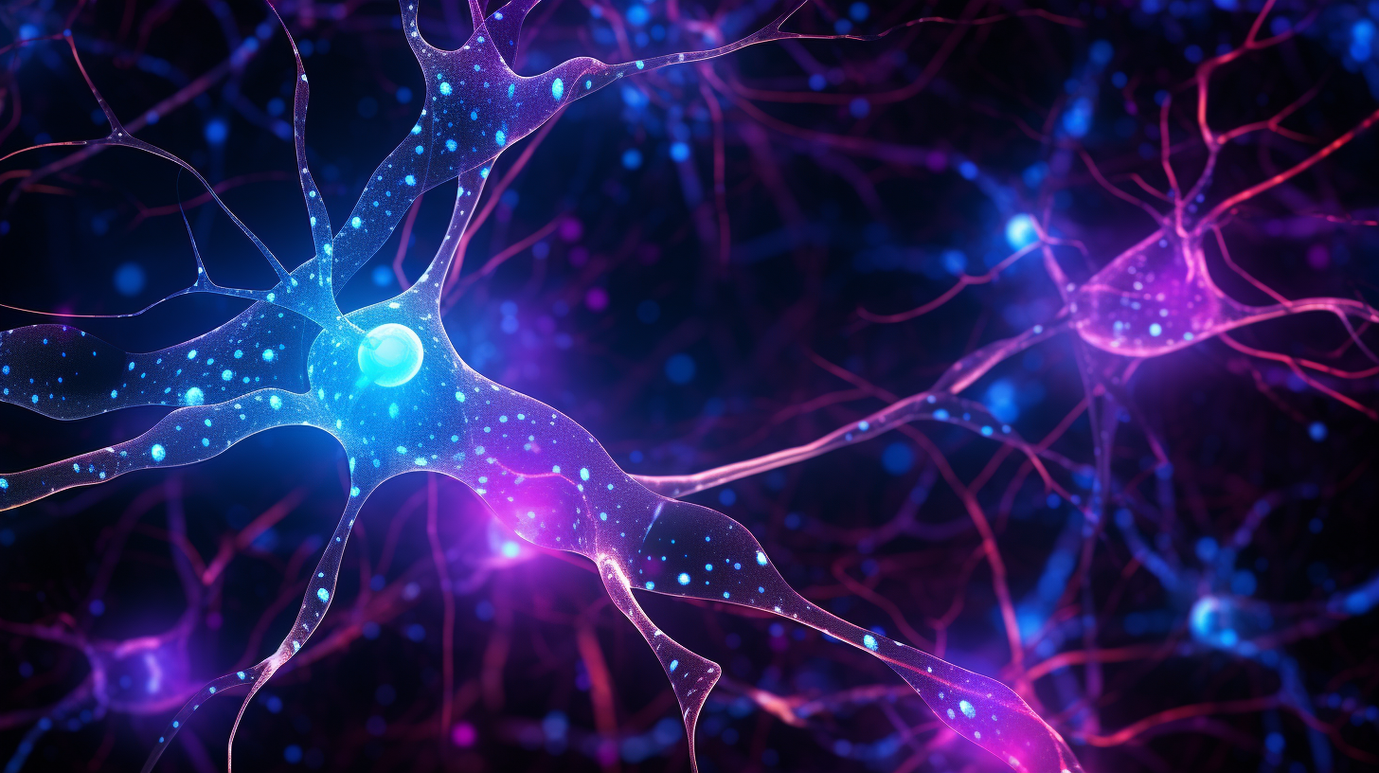Researchers eyeing new way to measure elusive zinc
Advertisement
A team of Florida State University researchers will use a five-year, $1.3 million grant from the National Institutes of Health to develop a way to measure levels of the trace metal zinc in the human body. Scientists have long known that zinc plays a critical role in numerous biochemical processes, but exactly how it works has never been clear, due partly to the lack of an effective means for measuring its varying levels of concentration.
Led by Lei Zhu, an assistant professor of chemistry and biochemistry, the Florida State team received the grant from the National Institute of General Medical Sciences (NIGMS), one of 27 research centers and institutes that comprise the NIH. They will work to develop a method for measuring the levels of zinc ions (Zn2+) in biological samples through an analytical process known as fluorescence microscopy.
"Zinc is essential for a wide variety of physiological functions within the human body," Zhu said. "Just to cite a few examples, it plays a major role in cell division, the synthesis of DNA, the production of proteins and enzymes, and proper immune function. However, we still don't have a solid understanding of the mechanisms behind these biological processes, or even of how much daily intake of zinc is required in the human diet."
Complicating matters is the fact that Zn2+ levels aren't uniform throughout the body. While an average adult's body may contain from 2 to 4 grams of the mineral, most of that can be found in a few key places — the brain, kidneys, liver, bones and muscles — with the highest concentration located in the eyes and the prostate gland in men.
"The successful completion of this research project will result in a valuable new technique for measuring the distribution of Zn2+ ions in various biological systems throughout the body," Zhu said. "This in turn could help other scientists to identify therapeutic targets for diagnosis and treatment of diseases related to the disruption of zinc homeostasis."
Building on previous findings in Zhu's laboratory, he and his colleagues will seek to design and prepare new, fluorescent probe molecules that will bind to Zn2+ ions over broad concentration ranges, thus allowing for far greater sensitivity and accuracy in measuring the levels of zinc found in biological samples. In particular, the researchers hope to use the probe molecules to measure zinc levels in neurons found in a part of the brain known as the hippocampus. A better understanding of zinc's neurochemical role in the hippocampus could one day lead to more effective treatments for depression, autism, schizophrenia and other disorders.mm
Other news from the department science
Most read news
More news from our other portals
See the theme worlds for related content
Topic world Fluorescence microscopy
Fluorescence microscopy has revolutionized life sciences, biotechnology and pharmaceuticals. With its ability to visualize specific molecules and structures in cells and tissues through fluorescent markers, it offers unique insights at the molecular and cellular level. With its high sensitivity and resolution, fluorescence microscopy facilitates the understanding of complex biological processes and drives innovation in therapy and diagnostics.

Topic world Fluorescence microscopy
Fluorescence microscopy has revolutionized life sciences, biotechnology and pharmaceuticals. With its ability to visualize specific molecules and structures in cells and tissues through fluorescent markers, it offers unique insights at the molecular and cellular level. With its high sensitivity and resolution, fluorescence microscopy facilitates the understanding of complex biological processes and drives innovation in therapy and diagnostics.





















































